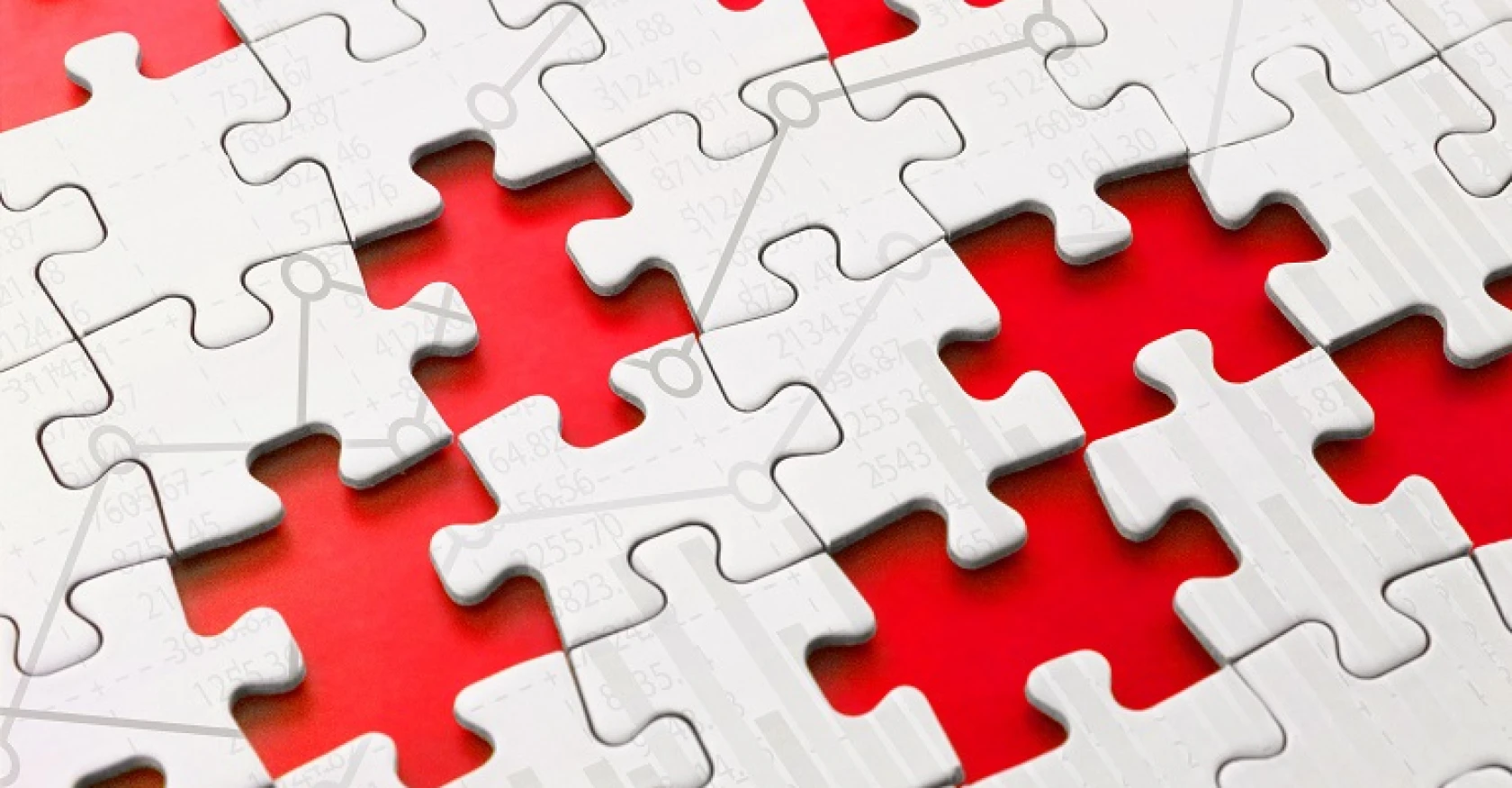Striving to remove barriers that prevent us from building Vibrant, Diverse, Inclusive, Accessible Communities!

Understanding how data collection practices impact People with Disabilities is essential in our community-building efforts. Communities must recognize that regardless of the numbers represented by marginalized minorities, the community belongs to them as well. Ignoring them not only creates systemic barriers but also violates basic human and civil rights. The recent federal Request for Information (RFI) by the White House Office of Science and Technology Policy (OSTP) highlights the importance of gathering disability-inclusive data to ensure that all community members are represented. By improving data collection, we can strive to remove barriers that prevent us from building Vibrant, Diverse, Inclusive, Accessible Communities!
The City of Boston's creation of a Disability Data Standard is a significant step forward in addressing the gaps in data collection. This standard, developed with input from a diverse range of community members, emphasizes the importance of transparency, inclusivity, and privacy. It aligns with the broader goals of fostering vibrant, inclusive communities where People with Disabilities can thrive. Regardless of the numbers, ignoring marginalized minorities goes against the very principles of equity and inclusion. Boston's efforts highlight how local governments can play a crucial role in removing barriers and ensuring that their policies and services fully include People with Disabilities.
These efforts demonstrate that inclusive data collection is more than a compliance measure; it's a vital part of creating inclusive environments that support the participation of People with Disabilities. As we continue to strive for inclusive communities, it's clear that a commitment to high-quality, representative data is key. By engaging in these practices, governments can ensure that their actions lead to meaningful change, helping to build a world where People with Disabilities can fully participate and thrive.
Read the Full Article: Including People With Disabilities in Data Collection
by: Julia Edinger
Also See: Best Practices for Identifying People with Disabilities within an Organization
Share or Print with:

